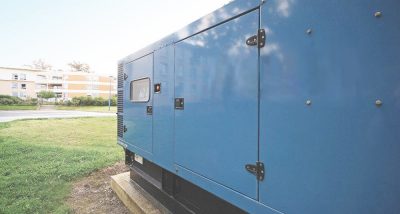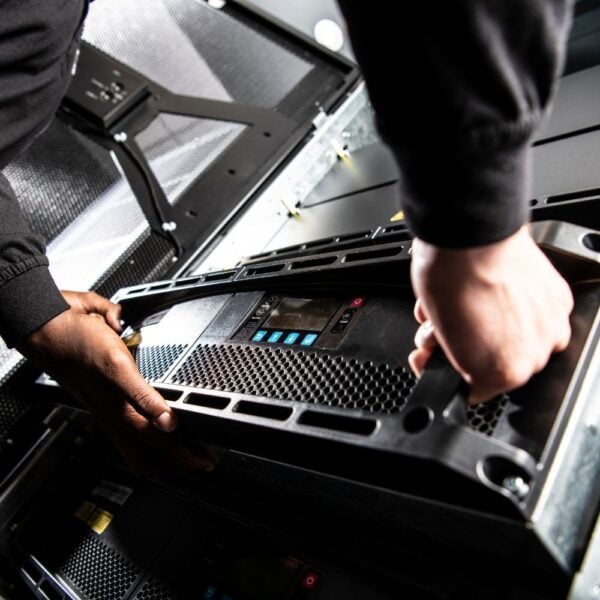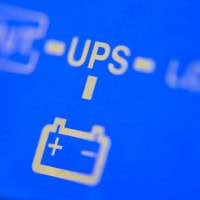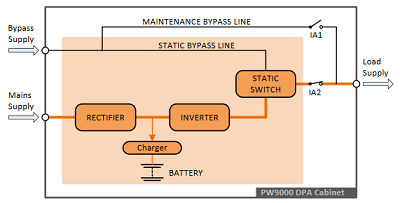Uninterruptible power supplies (UPS) can always be provided with sufficient battery autonomy to allow a safe system shutdown if the mains power fails. However, battery autonomies are ultimately always finite, therefore batteries alone are insufficient for UPS systems that must remain up and running through power blackouts of extended and unknown duration. In such situations, the batteries must be complemented by a standby generator that can offer power availability for an indefinite period of time.
In this article, KOHLER Uninterruptible Power Ltd look at the issues involved in ensuring that a generator and UPS system operate successfully together.
Uninterruptible power supplies exist to ideally provide both, backup power during a mains failure, and a filtering and cleaning function during mains presence. While not all types fulfill the second function, the backup function is fundamental to the definition of an uninterruptible power supply. But what should backup actually achieve? Different users have different expectations. Some are content if there is sufficient UPS autonomy to guarantee a graceful system shutdown, avoiding a disastrous crash during a mains failure. For them, a few minutes are usually sufficient. For others, though – for example those operating an online transaction system – this ‘crash avoidance’ autonomy is insufficient. Their business operation demands that their systems remain up and running throughout a blackout, however long it lasts. This open-ended requirement poses a problem for uninterruptible power battery backup systems because their autonomy, no matter how much extended with additional battery systems, is always finite; there’s no guarantee that it will outlast any possible blackout.
The solution in such situations is to complement the UPS’s battery autonomy with a backup standby generator that is always ready to come online on demand. Once started, the generator can continue running indefinitely as long as fuel is available.
In this arrangement the UPS battery has the function of providing power that supports loads during a brief power outage, until such time as the backup generator has had time to start up, come up to speed and synchronise with the uninterruptible power supply.
Accordingly, in designing a power protection system for an always-online critical load, it is important to understand the issues involved in adding a generator to a UPS, and ensuring they work successfully together to provide uninterrupted power seamlessly. Below, we look at these issues.
Timely generator starting and stopping
To ensure that the generator starts up automatically when the power fails, it should be connected to a control signal from an onsite Automatic Mains Failure (AMF) Detection panel. The AMF panel will also ensure that essential services, including the UPS, are switched from the mains to the generator as shown in Fig. 1. The AMF panel normally applies a time delay of typically 2 – 10 seconds after a mains failure before signalling the generator, to avoid nuisance starting every time the mains is interrupted.
Equally, it is important to ensure the AMF does not stop the generator and revert back to the mains supply immediately once it is restored. Re-appearance of the supply may only be brief, as the fault may not have been permanently resolved. AMF-controlled generators are typically set to run for at least two minutes after the mains supply has been re-established.
During the generator startup period, the ups power supply will support the load via its batteries. Once the generator supply is established, the UPS will then use backup generator power to recharge its batteries as well as supplying the load. The uninterruptible power supply batteries will be called upon again briefly to support the load while power is switched back from the generator to the restored mains.
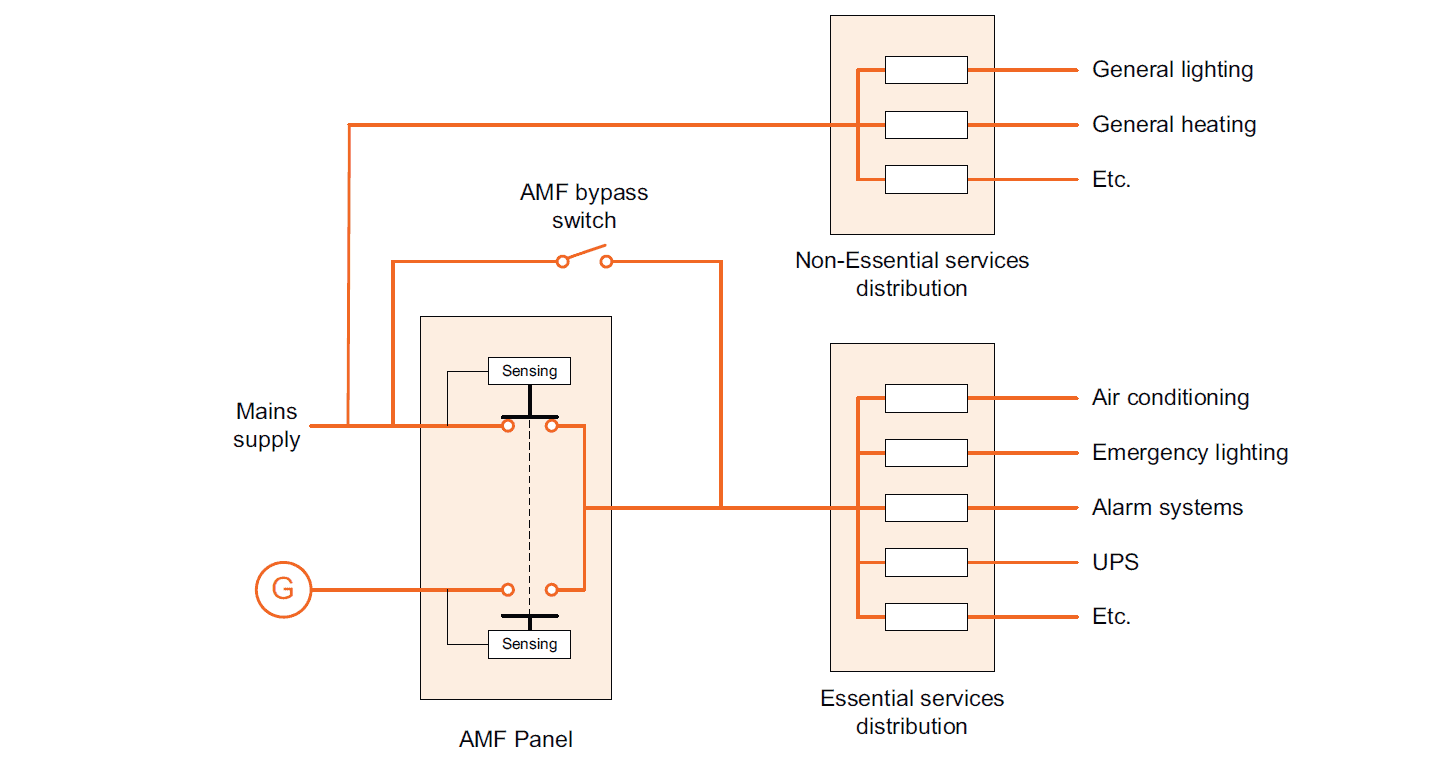
Fig.1: Typical protected power installation with Mains Failure detection and changeover
UPS – generator compatibility
In addition to arrangements for changeover control, generators must be specified with features that ensure they are compatible – or can be made compatible with their partner uninterruptible power supples. One issue is that onsite generators are ‘small’ in comparison with the huge machines used in power stations. They therefore do not have the inertia to absorb step changes in load easily. There is a risk that they will slow down in response to an increase in load demand, until the engine governor – which controls engine speed – can compensate. A modular type UPS power system can assist in alleviating large single load step on to a standby generator by “stepping” in with a time delay between UPS modules so that the generator does not “see” a single large step, but rather a series of small steps which the generator can control.
Electronic ensure that generators operate within tight frequency tolerances. Wide generator frequency variations or fast slew rates can be difficult for an uninterruptible power supply to follow without putting the load at risk. The generator manufacturer should be aware that their product is to be used with a UPS system, and perform appropriate testing.
Apart from ensuring compatibility with uninterruptible power supplies, there are many considerations for the generators themselves, including sizing, environmental and physical constraints. However a competent, experienced UPS supplier will be able to advise on these issues or supply a complete, integrated UPS-generator solution.
For more information regarding any of our UPS power products or services, you can get in touch with KOHLER Uninterruptible Power via our contact page or call us on 0800 731 3269
Follow us on LinkedIn for regular industry articles & company information

